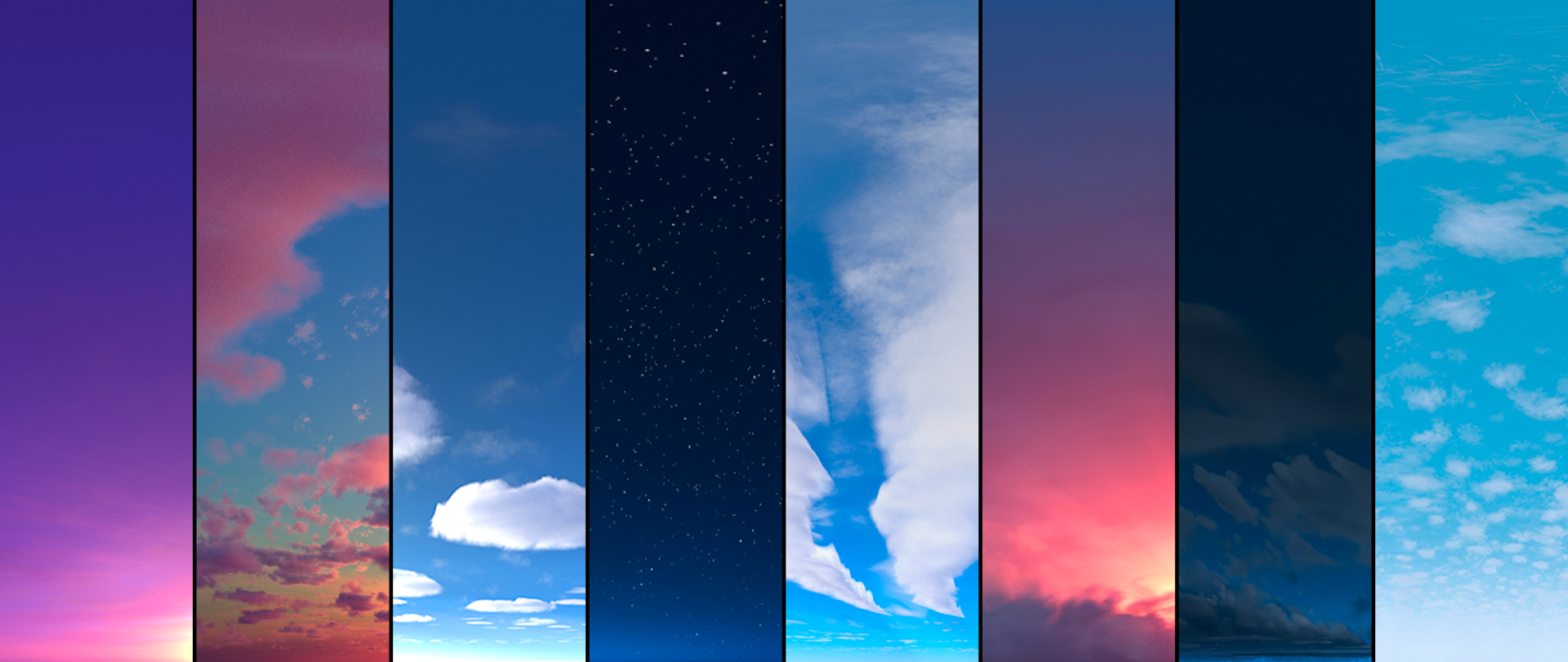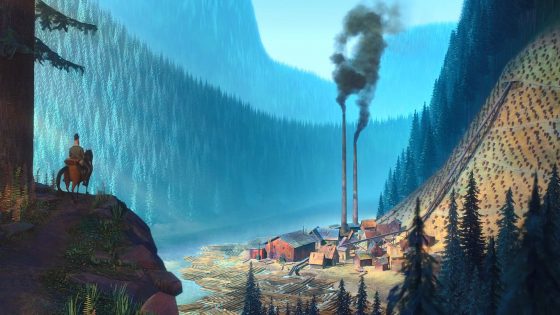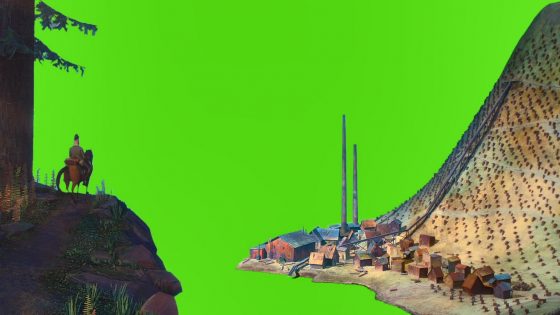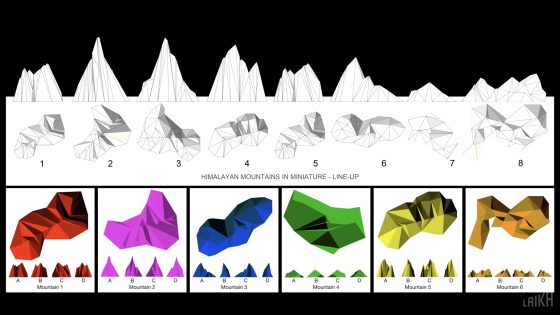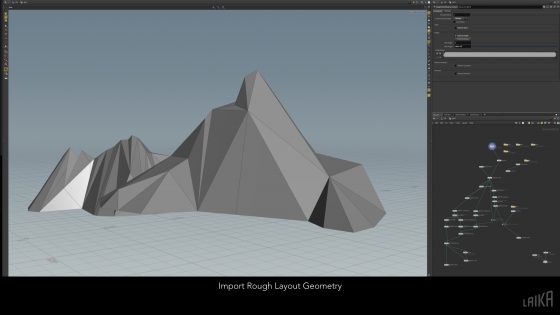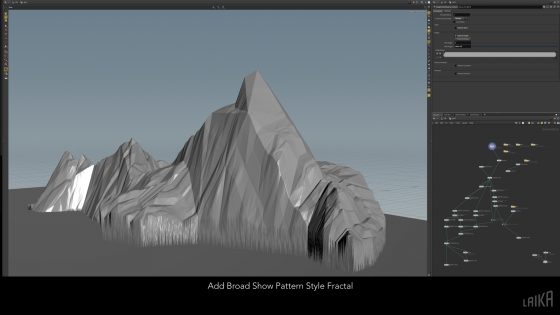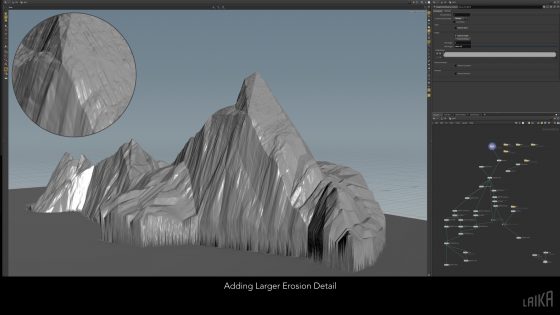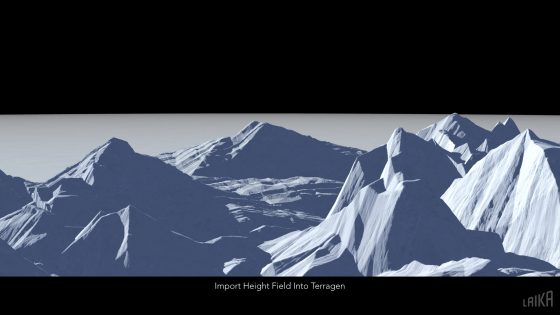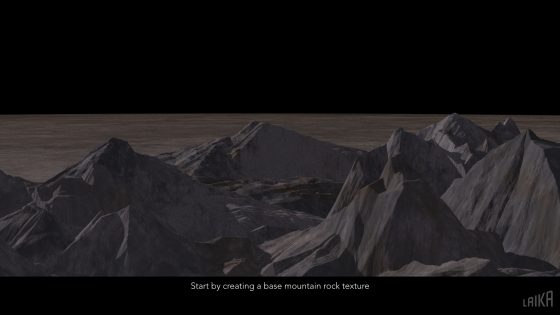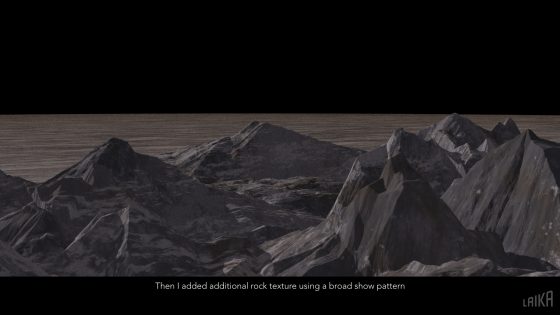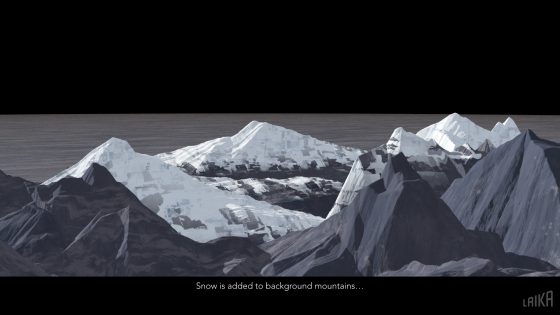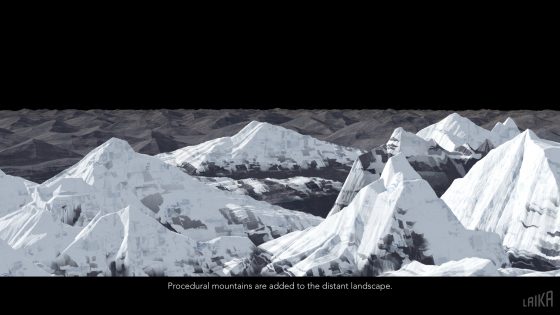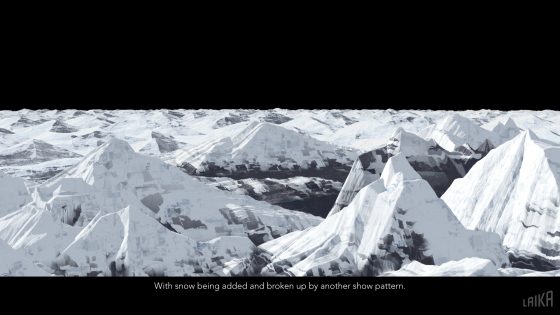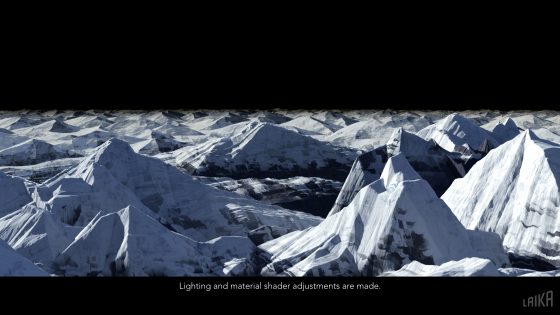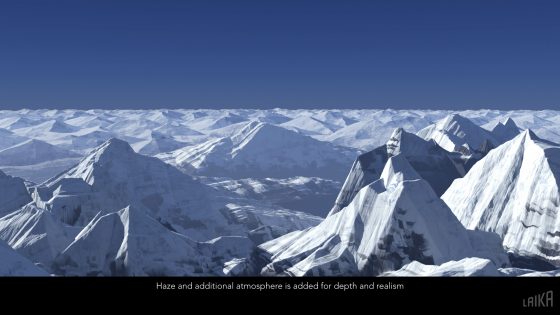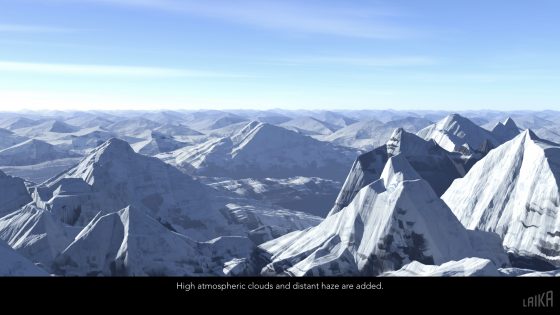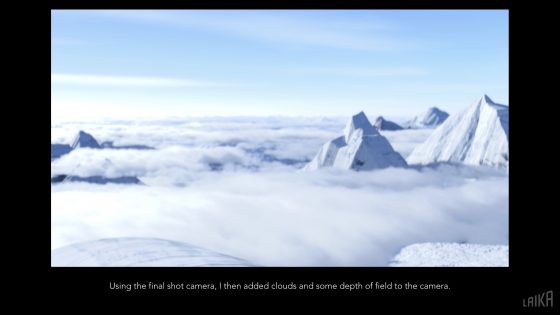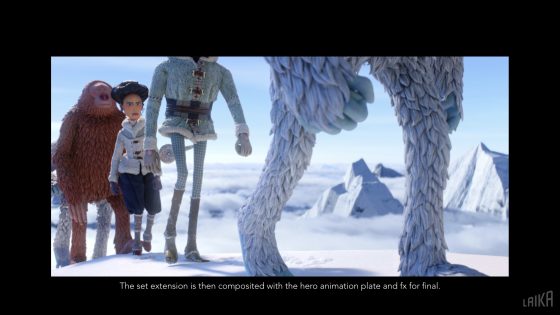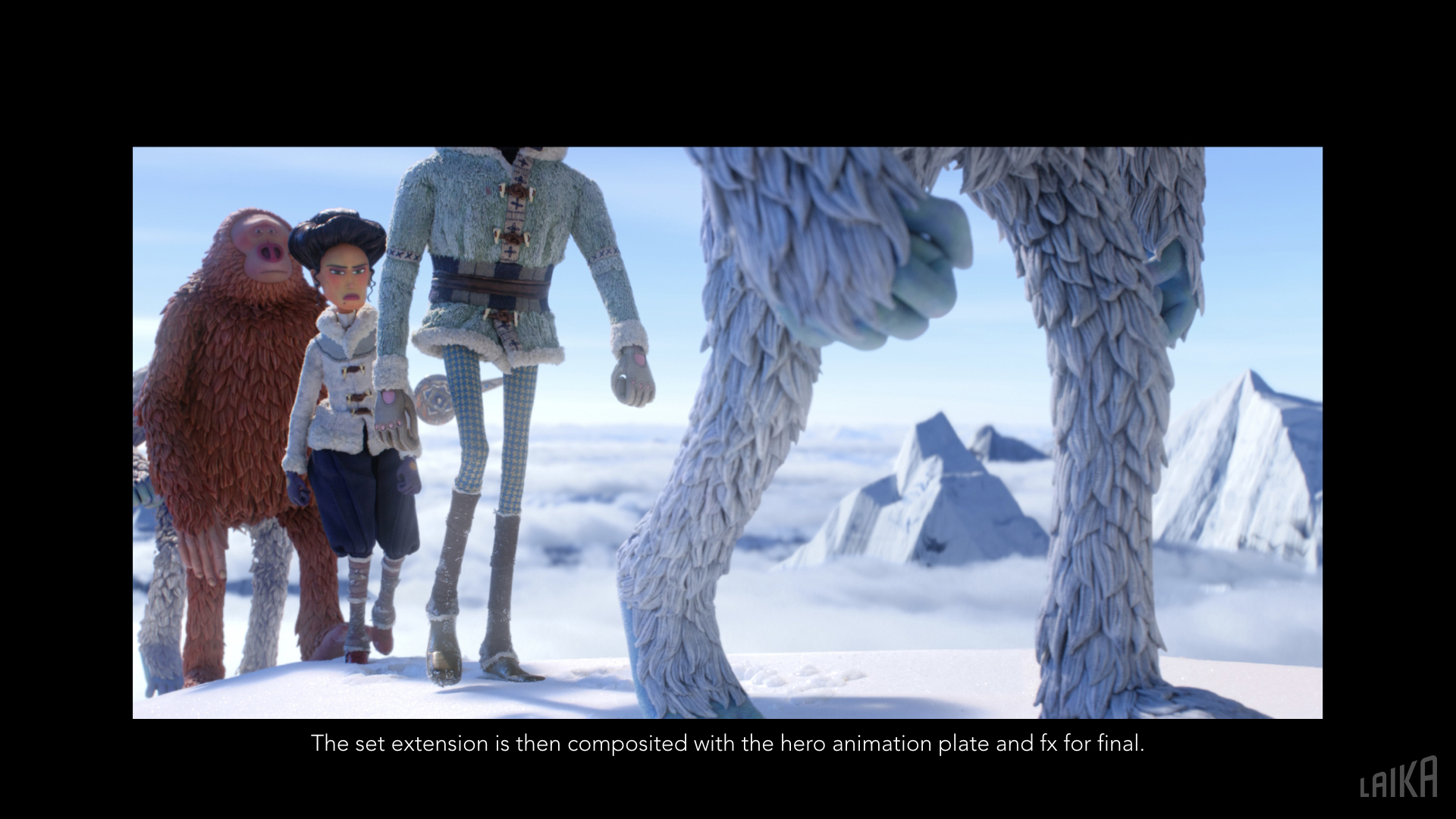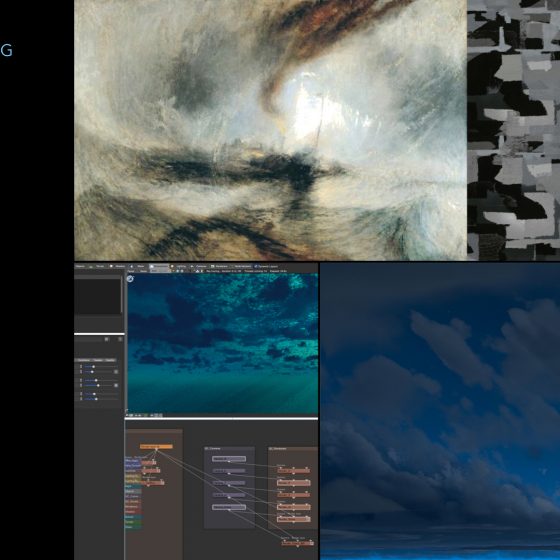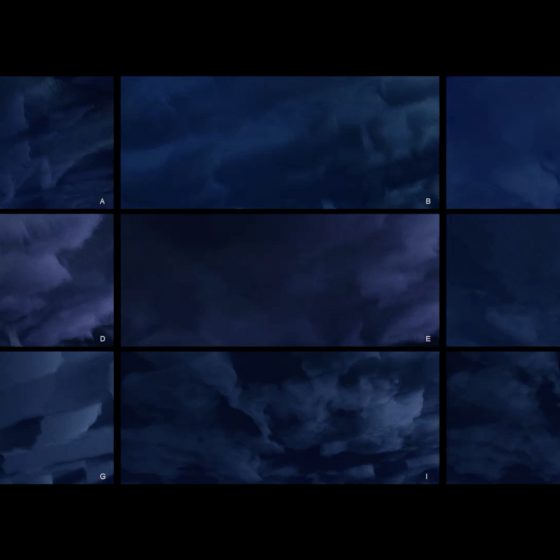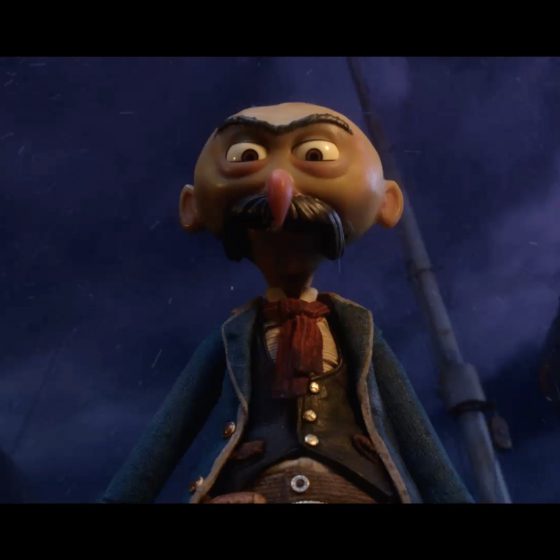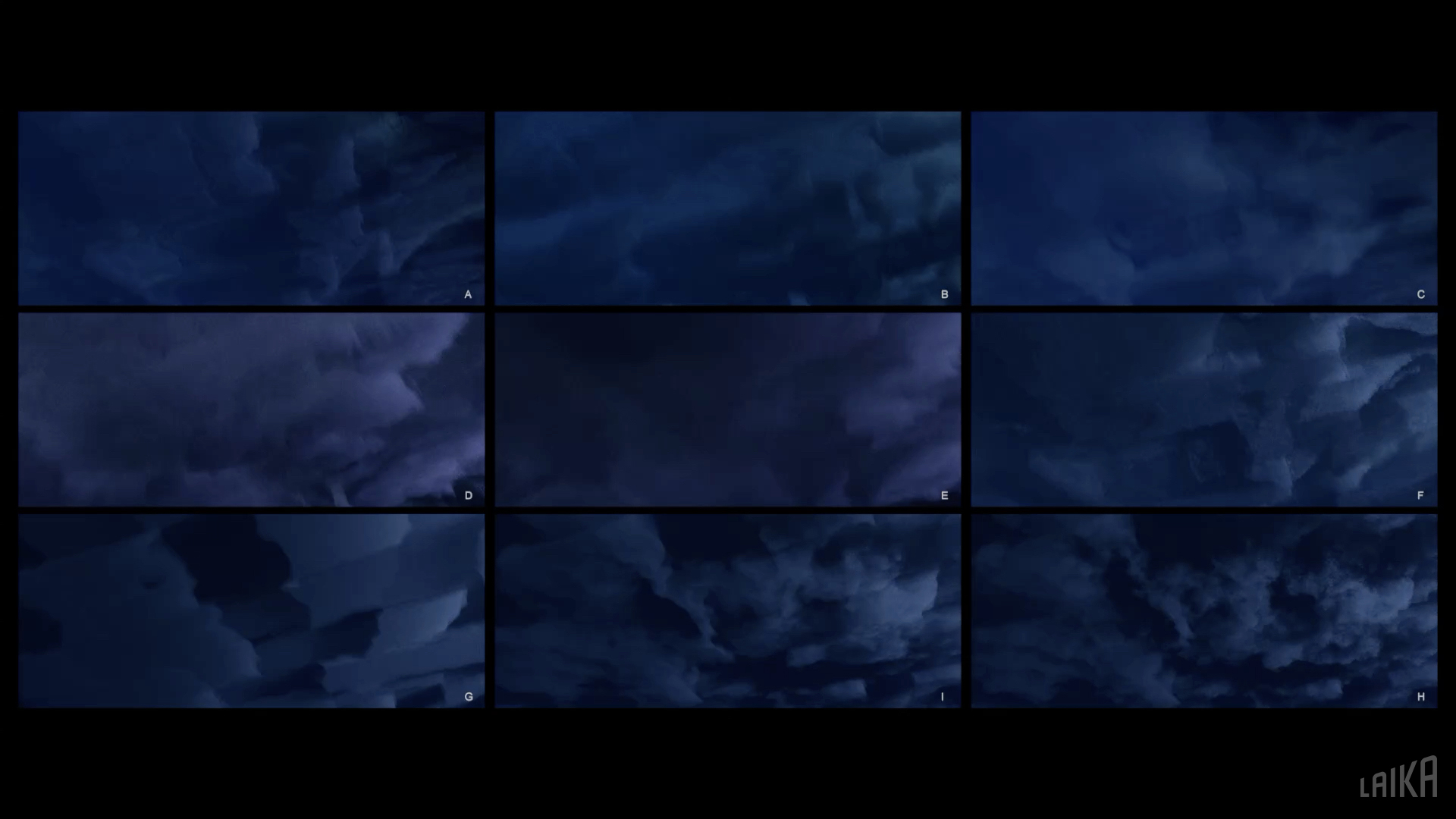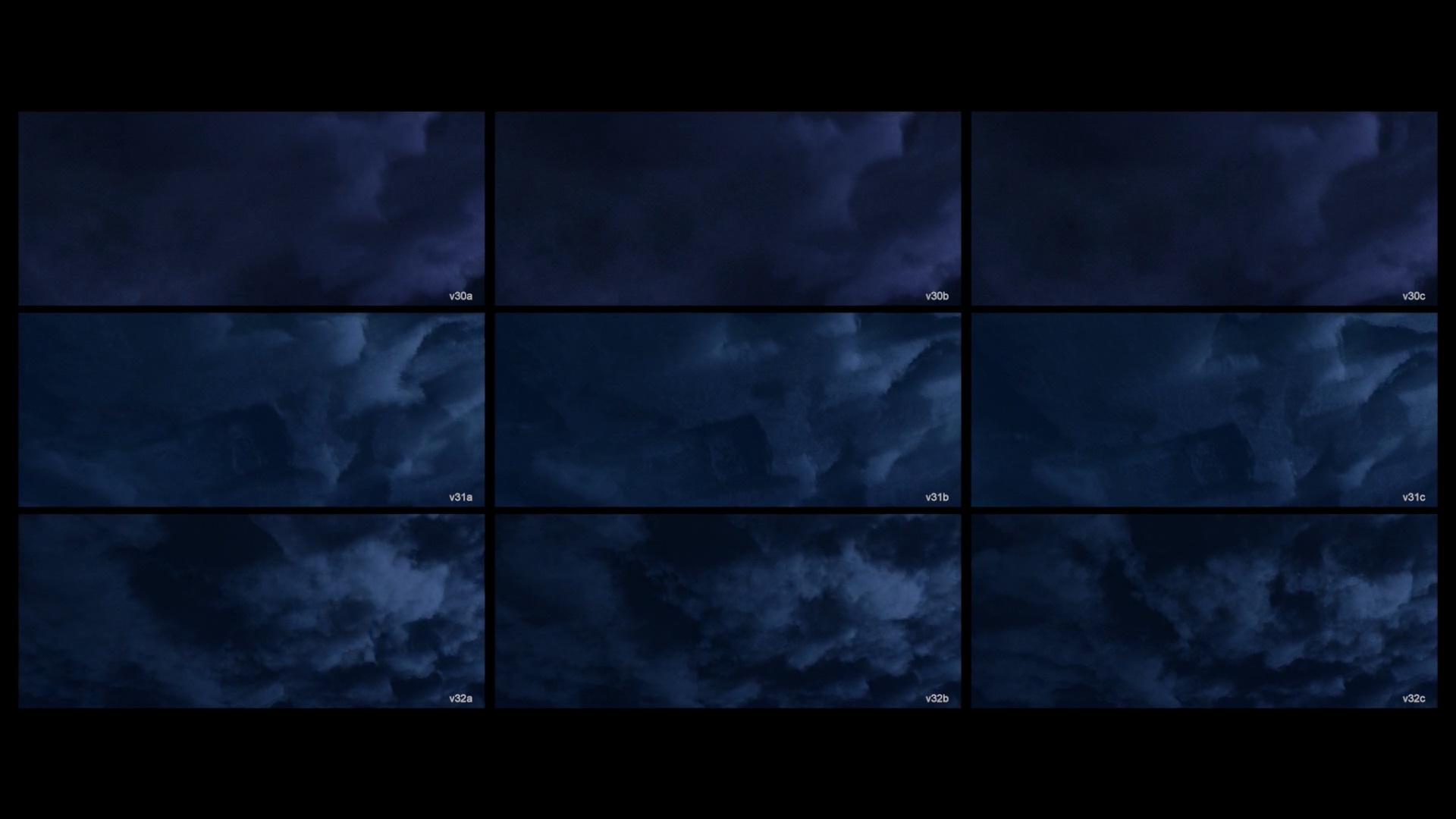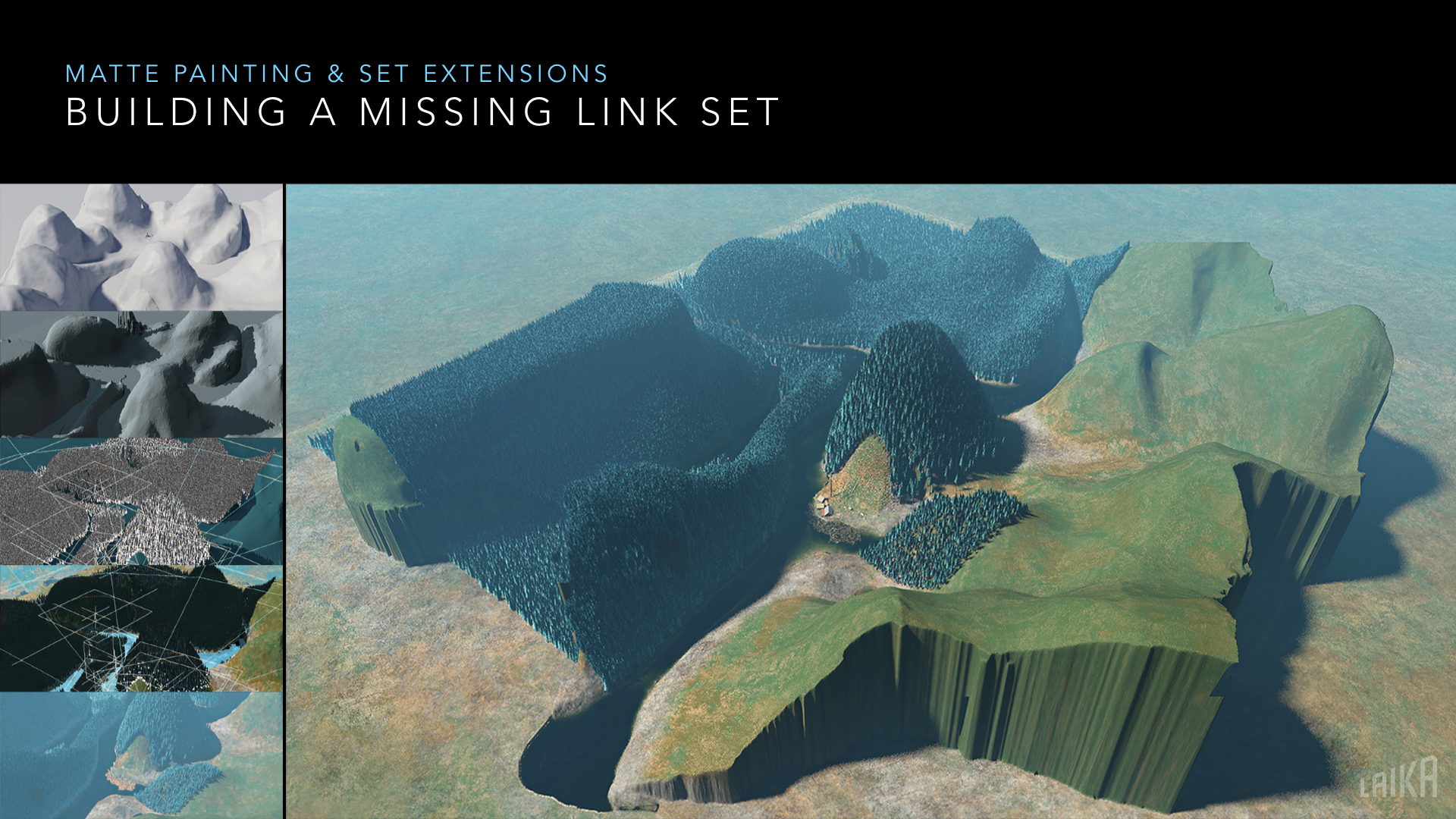We recently got the opportunity to sit down with Joe Beckley – Senior VFX Designer at LAIKA – to talk about his work using Terragen on their latest award-winning feature “Missing Link”. We’re going to dive a more into the details of specific scenes and the ways Joe utilized Terragen in the film below, but if you missed it you can click here to read our full interview.
Your work at LAIKA is unique in that it has to combine seamlessly with miniature sets, puppets, and other practical as well as digital effects. What are some of the most interesting, exciting, or challenging projects you've worked on? Any creative solutions you're particularly proud of?
Yes, seamlessly integrating miniature sets and puppets with other practical and digital assets alike is a huge part of my job and one that continues to provide unique challenges from film to film. Each of LAIKA’s films are unique not only in story but visually as well. We’re not reinventing the wheel on every production but rather growing and expanding upon what we’ve learned over the years. When I first started at LAIKA during the production of “Coraline”, the set extensions and matte paintings were all 2D. Starting with “ParaNorman” I started to do more and more projection matte painting on cards and then with “The Boxtrolls” I was integrating more matte painting using projections on 3D geometry. It wasn’t until “Kubo and the Two Strings” that I started to explore a more true 3D digital matte painting approach. With Missing Link the job was daunting to say the least. Apart from the sheer amount of sets and extensions in Missing Link, my biggest challenge was figuring out how to build them to match our highly stylized practical builds so they fit into the world. I knew I wanted to harness the power of Terragen’s photorealistic renderer if at all possible but hadn’t seen anything come of out Terragen with the unique style that our Director and Production Designer had created for the film. That’s when the challenge and real fun began for me and that’s when I started to test the boundaries of Terragen by pushing and pulling sliders, trying to break nodes, and seeing what interesting visuals I could get out of the software. There are so many sequences and one off sets and extensions that I’m proud of in this film but there are a few favorites that come to mind.
Terragen skies created for Missing Link
California Desert
I’m really happy with the California desert shots. It’s one of the sets where we went back and forth with various departments trying to figure out how it was going to get done and who was going to take ownership over it. It ended up in the VFX department and ultimately on my plate and I am so pleased with how it turned out. One of the shots in this sequence we have the camera sitting on the ground and a horse drawn carriage drives over the camera and off into the distant range. Everything in the shot was built and rendered in Terragen and proved just how close our Terragen assets could get to the camera. The base structures for the monuments started as practical miniatures made by our sets department that were scanned and converted to height maps in Houdini. I then used the height maps in Terragen as my base terrain node and build from there. One of the more interesting and very frequent uses of show patterns was using it as a breakup shader for transitions between shaders or in this case, where rocks and plants were scattered across the monuments and desert floor. This set and unique set of skies also does a great job showcasing our highly stylized world.
The California Desert environment in Missing Link rendered in Terragen
…the procedural workflow of Terragen allowed me to easily and instantaneously change or tweak individual backgrounds…
Pacific Northwest
One of my absolute favorite sets in the film is the Pacific Northwest. It’s rich in color and style but I really feel like it was such a great example of the concept art coming to life. When you see the sets and extensions, especially in 3D, you can’t quite tell what you’re looking at. Is it 2D, 3D, is it practically built, some mix of everything? Having the ability to integrate practically-shot elements and props into my sets is one of the most helpful ways to keep me on track. Just by having one practical element whether it be an outhouse, barrel, wagon wheel, or any number of other assets, having that element to build around helps inform so much of my work. I can physically have that prop on my desk to see how it was built and painted so when it’s lit and on set and I’m building the world around it I can tangibly see what and how I need to build my assets and worlds.
The main street buildings and road along with the foreground element we see when Lionel is entering the logging town were the only elements in this particular sequence that were practical. Like with the desert monuments, I started with practical miniature scans of the village terrain. Using imported animation blocking cameras in Terragen I was able to rapidly build, modify, and adjust the terrain to the director and production designers content. As the shots went through production if slight changes needed to be made, the procedural workflow of Terragen allowed me to easily and instantaneously change or tweak individual backgrounds as cameras were updated and sets were fleshed out.
…Terragen greatly improved our workflow and sped the look development process along.
Himalayas
The Himalayas were another monster task for me. Our characters travel hundreds of miles throughout the Himalayas and our director wanted each location throughout their journey to fit within our world stylistically but be visually different at the same time. He didn’t want the audience to feel like our hero characters were just climbing the same mountain over and over. One of the ways Terragen helped me do this was to create a single shader that used a similar set of textures and parameters to keep the look and materials consistent but in turn allowed me to drastically change the underlying terrain to fit the needs of the story.
I created a “Himalayan Mountain shader” that consisted of 4 main layers; 1. Ground/gravel, 2. Low altitude rock (warmer in color), 3. High altitude rock (cooler in color), and 4. Snow. Each layer had its own set of rules and parameters that gave me a great starting point for each vista and is what I used for nearly all of the Himalayan shots. It gave me an outstanding show style specific look as a starting point for each vista and having the underlying parameters (distribution, densities, scattering, etc.) allowed me the flexibility to completely change, enhance, or otherwise alter any of the underlying terrain and still keep it “on style”. Again, it’s another way that Terragen greatly improved our workflow and sped the look development process along.
A final shot in Missing Link in the Himalayan Environment
Background rendered in Terragen
Storm Clouds
This is one of those sets that goes unseen or unnoticed but the way it was built and how it was integrated truly shows the artistry and detail that goes into every facet of our films. If you look close enough you can see patterns unique to the production design infused within nearly every element in the film to visually tie the world together. It’s interesting to note too that these patterns can be seen in asset textures, as modeled elements, embedded in smoke or, in the example of these storm clouds, in all our skies. Whether it was a clear sky or a thick blanket of clouds I had various patterns woven throughout every one. Some were accent clouds, some were the structure of the cloud formation itself, and other times it was the pattern used in mixing two colors together to create a third as the base of our skies.
I was able to also add these show patterns to my volumetric clouds in various ways when building and shaping them in Terragen. When the shape of the cloud called to be more specific to the concept art I generally started with using the pattern to volumetrically break up the silhouette and then subtly add the pattern to the interior with light/shadow modulators or density modulators. Other times, as is the case with the storm cloud setup, it was a much more complex set of nodes where I created a pseudo 3D fractal made of a combo of show patterns and 3d fractals. It’s one of those subtle nuances that goes unnoticed but is something that truly unifies the world without hitting you over the head with it.
Animated Cloud Look Development in Terragen
Once again we are tremendously grateful to Joe Beckley and LAIKA for sharing their amazing work on Missing Link. Our congratulations on the Golden Globe win and Academy Award Nomination for Best Animated Feature!
All imagery and video was generously provided by Laika, LLC and remains copyright of its respective owners.





